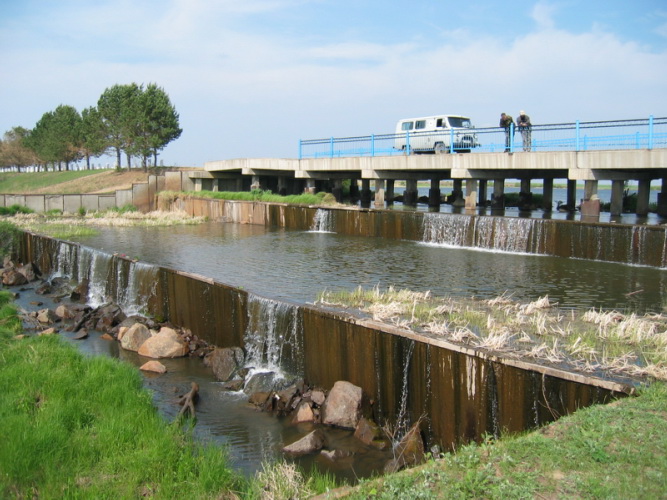
A report by the United Nations University has said that by 2050, most of the world’s population will live downstream of dams operating at or beyond their design life, which could have implications on public safety, escalating maintenance costs, and reservoir sedimentation.
The report, “Ageing Water Infrastructure: An Emerging Global Risk”, by the Canada-based UNU Institute for Water, Environment and Health (UNU-INWEH), says most of the 58,700 large dams worldwide were constructed between 1930 and 1970 with a design life of 50 to 100 years, adding that at 50 years a large concrete dam “would most probably begin to express signs of aging.”
The report says that ageing signs could include increasing cases of dam failures, progressively increasing costs of dam repair and maintenance, increasing reservoir sedimentation, and loss of a dam’s functionality and effectiveness.
While the report acknowledges that dams that are well-designed, constructed, and maintained can “easily” reach 100 years of service, it does predict an increase in decommissioning as economic and practical limitations prevent ageing dams from being upgraded or if their original use is now obsolete.
The report provides an overview of dam ageing by world region and primary function — water supply, irrigation, flood control, hydropower, and recreation. It also details the increasing risk of older dams, the rising maintenance expense, the declining functionality due to sedimentation, the benefits of restoring or redesigning natural environments, and the societal impacts — pro and con — that need to be weighed by policymakers deciding what to do.
The analysis also includes dam decommissioning or ageing case studies from the USA, France, Canada, India, Japan, Zambia, and Zimbabwe.
“This report aims to attract global attention to the creeping issue of ageing water storage infrastructure and stimulate international efforts to deal with this emerging, rising water risk,” says co-author Vladimir Smakhtin, Director of UNU-INWEH. “Underlined is the fact that the rising frequency and severity of flooding and other extreme environmental events can overwhelm a dam’s design limits and accelerate a dam’s ageing process. Decisions about decommissioning, therefore, need to be taken in the context of a changing climate.”
“This problem of ageing large dams today confronts a relatively small number of countries — 93% of all the world’s large dams are located in just 25 nations,” adds lead author and UNU-INWEH Senior Researcher Duminda Perera. “Large dam construction surged in the mid-20th century and peaked in the 1960s–1970s,” he says, “especially in Asia, Europe and North America, while in Africa the peak occurred in the 1980s. The number of newly-constructed large dams after that continuously and progressively declined.”
Drivers of dam decommissioning
The report says that public safety, escalating maintenance costs, reservoir sedimentation, and restoration of a natural river ecosystem are among the reasons driving dam decommissioning.
However, most dams removed to date have been small; decommissioning large dams is “still in its infancy, with only a few known cases in the last decade.”
“A few case studies of ageing and decommissioned large dams illustrate the complexity and length of the process that is often necessary to orchestrate the dam removal safely,” says co-author and UNU-INWEH Adjunct Professor R. Allen Curry, based at the University of New Brunswick. “Even removing a small dam requires years (often decades) of continuous expert and public involvement, and lengthy regulatory reviews. With the mass ageing of dams well underway, it is important to develop a framework of protocols that will guide and accelerate the dam removal process.”
Decommissioning will also have various positive and negative economic, social, and ecological impacts to be considered in a local and regional social, economic, and geographic context that is “critical to protect the broader, sustainable development objectives for a region,” the report says.
In addition to the three UNU-INWEH experts, the report was co-authored by Spencer Williams, Graduate Institute of International and Development Studies, Geneva, Switzerland. and Taylor North of McMaster University, Hamilton, Canada.
READ the REPORT https://inweh.unu.edu/wp-content/uploads/2021/01/Ageing-Water-Storage-Infrastructure-An-Emerging-Global-Risk.pdf
Source: https://www.waterpowermagazine.com/news/newsresearch-suggests-ageing-dams-pose-growing-threat-8472001

